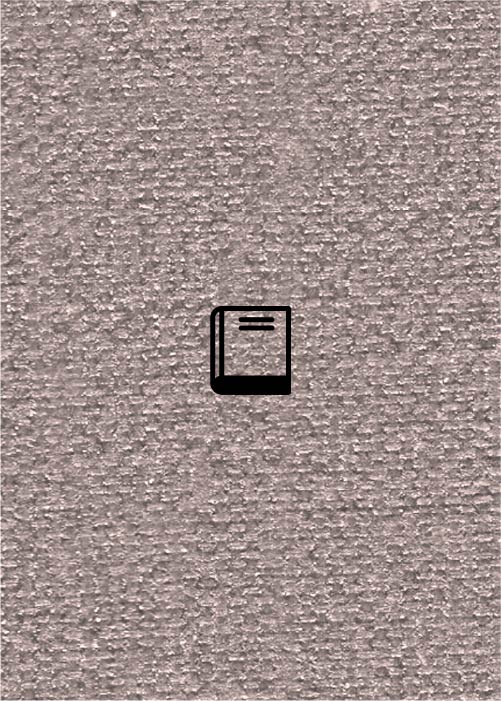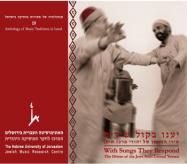(274 results found)
Abda betauhid
… signed Alshabazi , written alternately in Hebrew and Arabic. It is sung in many celebrations, and particularly in … and Uri Cohen sing the first two stanzas, the first in Arabic and the second in Hebrew. Their style of singing …

Modes of Prayer: Arabic Maqamat in the Sabbath Morning Liturgical Music of the Syrian Jews in Brooklyn
… 1997 … Shabbat … Sabbath … Mark Kligman … Modes of Prayer: Arabic Maqamat in the Sabbath Morning Liturgical Music of …
10. Folk with Electronics
… From the Bedouin (possible designation on radio file in Arabic referring to the folk style), perform a piece that …
Emanuel Zamir
… during these tours aroused in him the connection to the Arabic melody, which he perceived as part of the cultural … shows. The chorus of the song is an Arab saying, sung in Arabic, which translates, 'they asked a donkey, 'where to?' …
Yigdal for the First Evening of Sukkoth
… … Sephardim … Spanish Morocco … Casablanca … Gibraltar … Arabic … מרוקו … Western Sephardic … James Levy … Yigdal for …
Yigdal for the Second Evening of Sukkoth: Three Versions
… of James Levy … Sephardim … Spanish Morocco … Gibraltar … Arabic … Holidays … מרוקו … Western Sephardic … James Levy … …

"Ha-Shivah le-Andalus: Mahloqet ‘al tarbut ve-zehut yehudit-sfaradit ve-yehudit aravit"
… of Al-Andalus: Controversy over Judeo-Spanish and Judeo-Arabic Culture and Identity') … "Ha-Shivah le-Andalus: …

Chants de sable et d'etoiles - Chants of Sand and Stars
… 90 min. French, Hebrew, Arabic, Yiddish, Ladino, and English w/ English subtitles …





